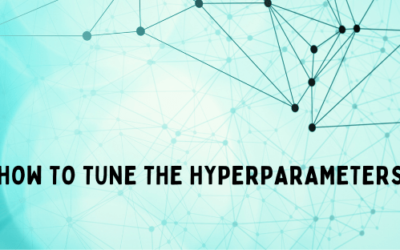Deep learning has gained massive popularity over the last few decades. This subset of AI (Artificial Intelligence) can prove to be handy when you apply it to your business or is even a good subject to learn if you just want to increase your marketable skills. However, to reach your business or learning goals, it’s important to choose the right deep learning framework. Here, we’ll discuss and compare two popular deep learning frameworks, namely Keras and Pytorch, to help you decide which one would work the best for your machine learning projects or real-world applications.
What are they?
Keras is a high-level, open-source neural network library written in Python. This user-friendly deep learning framework supports TensorFlow and has been designed to facilitate quick experimentation with deep neural networks.
Written in Python, PyTorch is an open-source machine learning library based on Torch. You can use it for natural language processing. It can be called a Pythonic way of executing deep learning models.
Ease of use
Keras wins this round hands down as it’s the go-to framework for beginners interested in deep learning. Keras is syntactically easy, which means when you set up a deep learning model, you’ll just need to execute the basic steps like loading the data, defining, compiling, and training the model, and its evaluation. You’ll need a few lines of code for all these steps. Keras is written in Python – a beginner-friendly programming language. It also has concise, simple, and readable syntax. All these make Keras an extremely popular language not only among deep learning beginners but even developers.
To use PyTorch that’s more complex than Keras, you have to be familiar with all the basics and details. Thus, even when you just want to train your deep learning model, you’ll have to initialize the weights at the beginning of every batch of training, run the backward and forward passes, calculate the loss, and update weights consequently. As a result, for a beginner who has just got started with deep learning, using PyTorch could seem like a Herculean task. PyTorch is a more popular choice among researchers than developers.
API levels
Keras is a high-level neural network API. It’s proficient in running on top of TensorFlow and CNTK, and even supports PlaidML. Keras facilitates quick development due to its user-friendliness and syntactic simplicity.
Pytorch is a lower-level API, which focuses on working with array expressions directly. It has become a popular choice for academic research and deep learning applications that need optimization of custom expressions.
Speed
Keras has a comparatively slower performance whereas PyTorch provides a faster pace that’s suitable for high performance.
Datasets
As Keras is comparatively slower, it’s typically used for small datasets. In contrast, large datasets and high-performance models that need speedy execution use PyTorch.
Architecture
The architecture of Keras is simpler and more readable than PyTorch, which boasts of complex architecture and lower readability.
Debugging capabilities
PyTorch wins this round with its better debugging capabilities. However, it’s important to note that there’s very less need to frequently debug simple networks in Keras.
Conclusion
Both Keras and PyTorch enjoy plenty of popularity as deep learning frameworks and have adequate learning resources. While Keras offers outstanding access to tutorials and reusable code, you’ll get excellent community support with Pytorch and enjoy active development.




